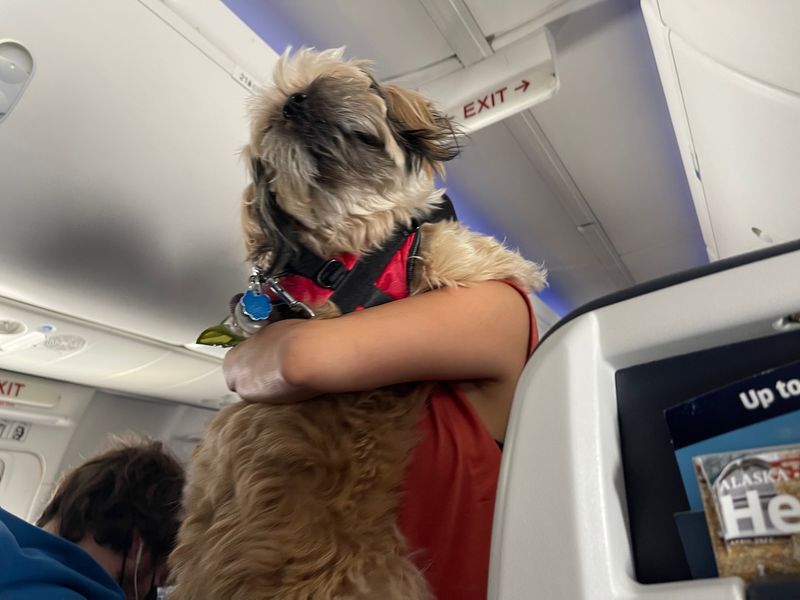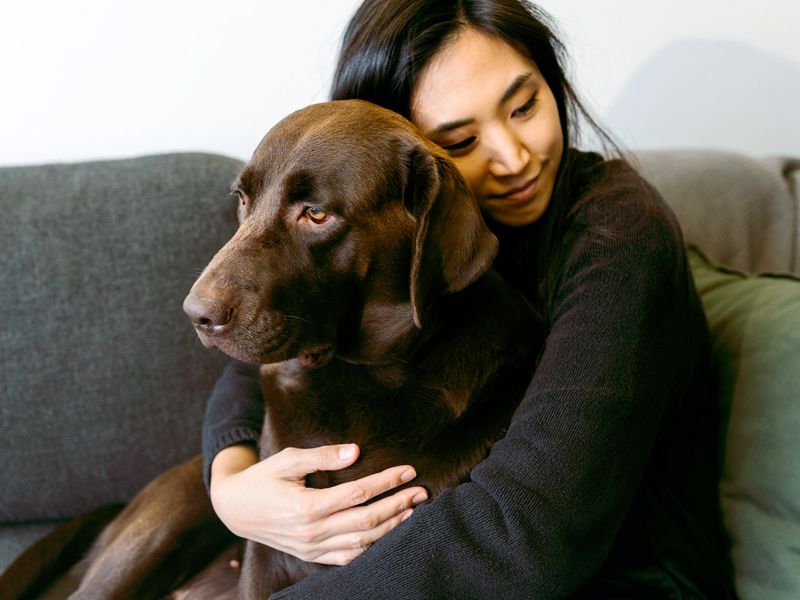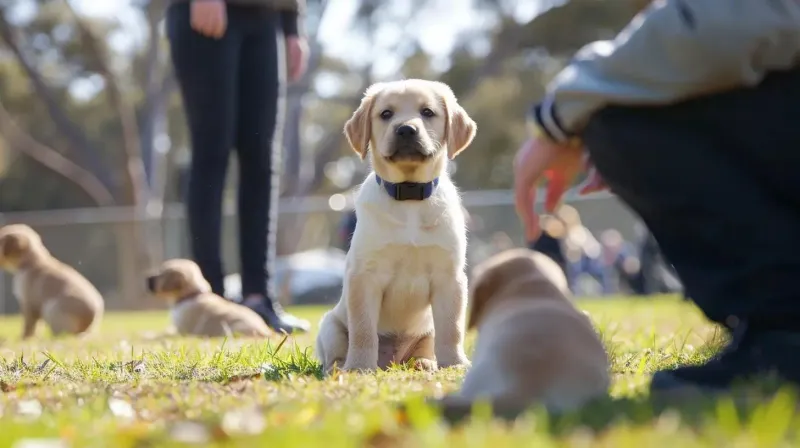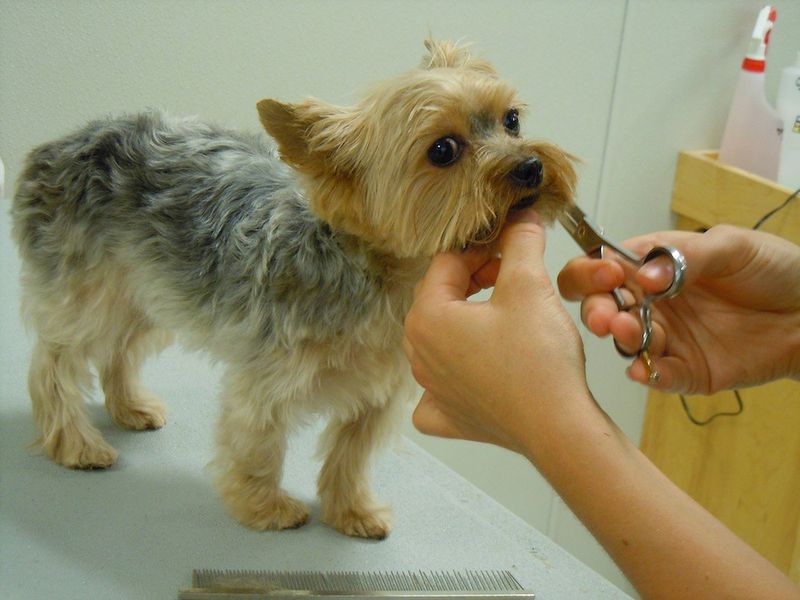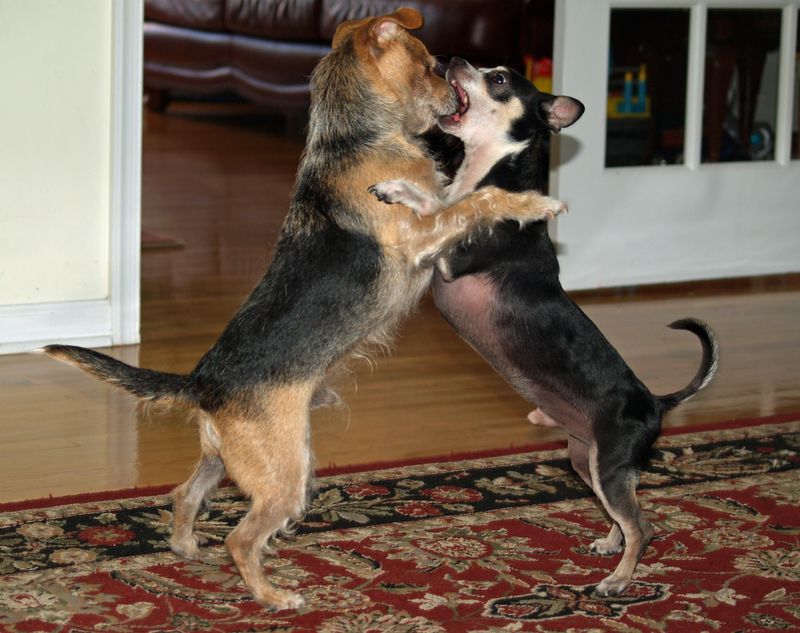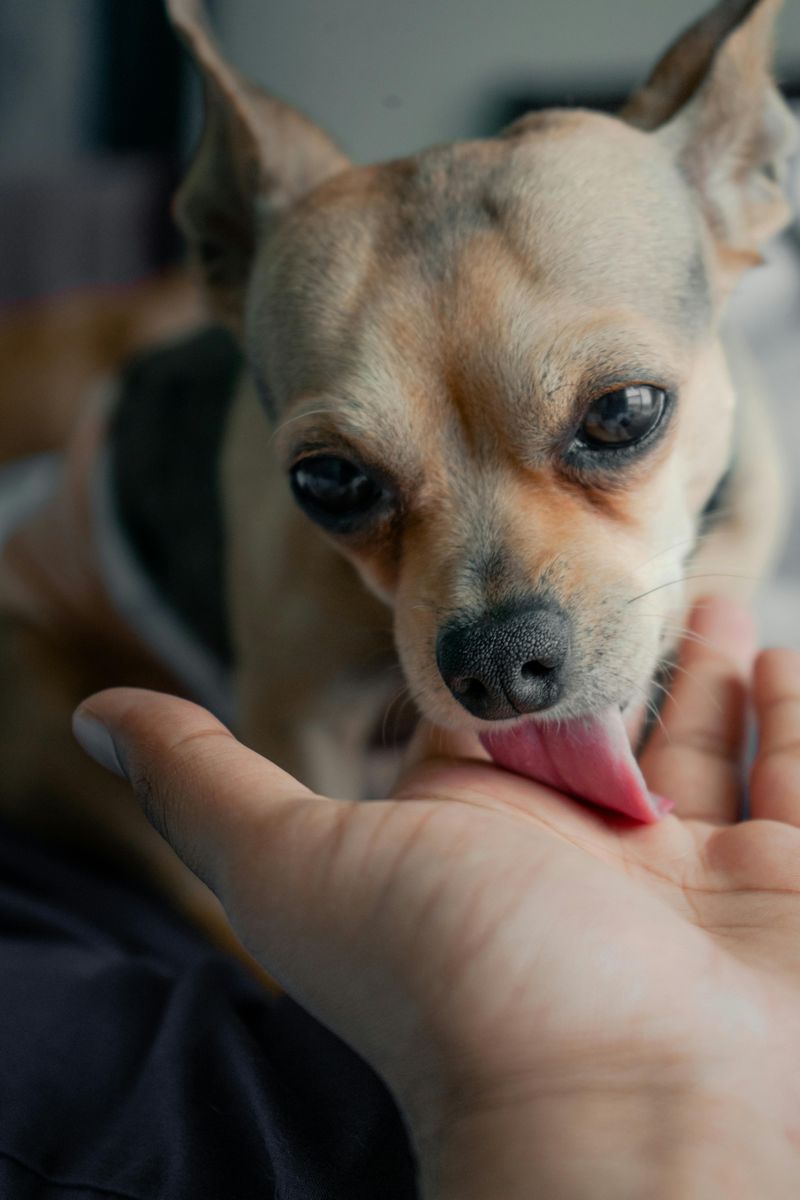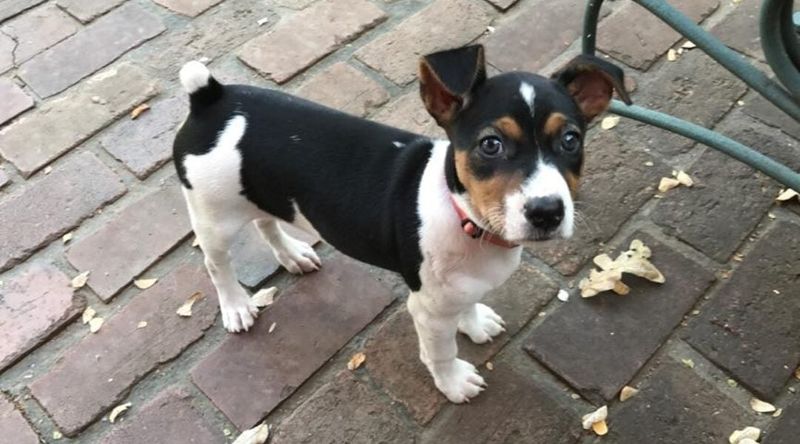Just like humans, dogs can experience emotional ups and downs. Recognizing the signs of depression in our canine companions is crucial for their well-being. This article explores twelve indicators that may suggest a dog is feeling down.
Lack of Interest in Play
Dogs are typically enthusiastic about play, viewing it as a chance to bond and release energy. A sudden disinterest might indicate underlying sadness.
Imagine a lively pup that once pounced on its toys, now merely nudging them aside. This behavioral shift speaks volumes.
Owners should observe if this change persists, as prolonged disinterest could signify depression.
Did you know? The desire to play in dogs is hardwired from their wild ancestors, who relied on play for developing hunting skills. Without this drive, their zest for life may seem diminished.
Changes in Appetite
Appetite changes in dogs can be a sign of emotional distress. Some dogs may stop eating, while others could overeat as a comfort mechanism.
If your dog’s bowl remains full longer than usual, it might be time to pay attention.
Conversely, if your pet is constantly seeking food, this might also be a red flag.
Did you know? Dogs’ eating habits can be influenced by their owners’ emotional states, reflecting their close bond. Changes in appetite can often mirror changes in their emotional environment.
Increased Sleeping Habits
Rest is essential for dogs, but excessive sleeping can be a sign of depression. If your dog appears lethargic and uninterested in daily activities, it might be more than just tiredness.
Consider whether your pet is sleeping more than usual and avoiding play or walks.
This behavior could indicate low spirits.
Fun fact: Dogs sleep more during gloomy weather, mirroring human tendencies to feel sleepy on rainy days. However, persistent oversleeping regardless of the weather might suggest a deeper issue.
Withdrawal from Social Interaction
Dogs are social creatures by nature, often thriving on interaction with humans and other pets.
If your furry friend starts avoiding company, it might be struggling emotionally.
Picture a dog that once wagged its tail with excitement at the sight of friends, now retreating to a quiet corner.
This withdrawal can be a sign that something is amiss.
Fun fact: Dogs have evolved to live in packs, and isolation is contrary to their social instincts. A sudden preference for solitude might point to depression.
Lack of Grooming
Canines are generally fastidious about grooming. If your dog appears unkempt or its coat looks neglected, it might not just be a matter of hygiene.
Picture a normally pristine terrier, now with matted fur and disinterest in grooming itself.
This could be indicative of a lack of motivation stemming from depression.
Did you know? Dogs often groom as a way to relieve stress, so a lack of self-care could suggest they are overwhelmed by their own emotions.
Increased Aggression or Irritability
A typically calm dog becoming aggressive or easily irritable can signal emotional turmoil. This shift might be due to an underlying sense of frustration or discomfort.
Imagine a border collie, known for its gentle nature, suddenly snapping or growling without obvious provocation.
Such behavior changes can be distressing for both the dog and its owner.
Fact: Dogs, like people, can become short-tempered when they don’t feel well, making this shift a possible indicator of depression.
Loss of Interest in Favorite Activities
When dogs lose interest in activities they once loved, such as walks or fetch, it could point to a deeper issue.
Picture a schnauzer that once leapt with joy at the sight of a frisbee, now lying listless beside it.
This disinterest can be a silent cry for help, suggesting emotional distress.
Interesting tidbit: Dogs have an innate desire to participate in activities that make them happy. A sudden loss of this drive could indicate that they are feeling down.
Excessive Licking or Chewing
Dogs may resort to excessive licking or chewing as a stress-relief mechanism. When a dog continuously licks its paws or chews on objects, it might be trying to comfort itself.
Imagine a dachshund that spends hours focused on its paw rather than engaging with its surroundings.
This repetitive behavior can signal an underlying emotional struggle.
Interesting fact: Dogs often mimic this behavior from humans, similar to how some people bite their nails when anxious. It’s a coping strategy that might indicate depression.
Destructive Behavior
Destructive behavior, like chewing furniture or digging holes, can be an outlet for a dog’s frustration or boredom.
A once well-behaved German shepherd, now turning your living room into a disaster zone, might be expressing its inner turmoil.
This behavior is not just a nuisance but a cue to underlying issues.
Did you know? Dogs often become destructive when left alone for extended periods, reflecting separation anxiety that can lead to depressive symptoms.
Excessive Panting or Drooling
Panting and drooling are normal in dogs, especially in hot weather. However, excessive occurrences without apparent cause can signal stress or anxiety.
Consider a boxer panting heavily even in a cool room; this might be more than just physical discomfort.
Such signs can often accompany feelings of depression.
Did you know? Dogs pant to regulate their body temperature, but excessive panting can also indicate emotional distress, mirroring symptoms of anxiety and depression.
Pacing or Restlessness
Restlessness or pacing can be indicative of a dog’s internal struggle. A greyhound unable to settle down, constantly moving back and forth, could be battling emotional stress.
This inability to relax is a potential sign of underlying depression.
Fact: Pacing often results from unmet needs for mental or physical stimulation, reflecting a broader unhappiness that may contribute to depressive symptoms.
Avoidance of Eye Contact
A dog’s reluctance to make eye contact can be a subtle sign of its emotional state. A once friendly pug now looking away when you try to engage might suggest discomfort or sadness.
Eye contact is a form of connection; avoiding it can indicate a desire to withdraw.
Did you know? Dogs use eye contact to bond with their human companions, so avoiding it can be a sign of emotional withdrawal and sadness.

